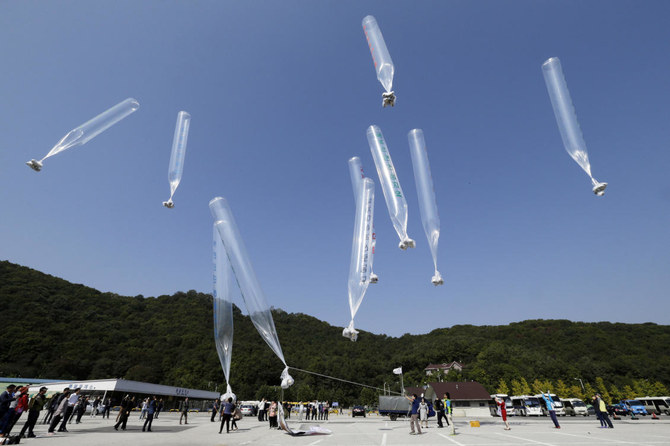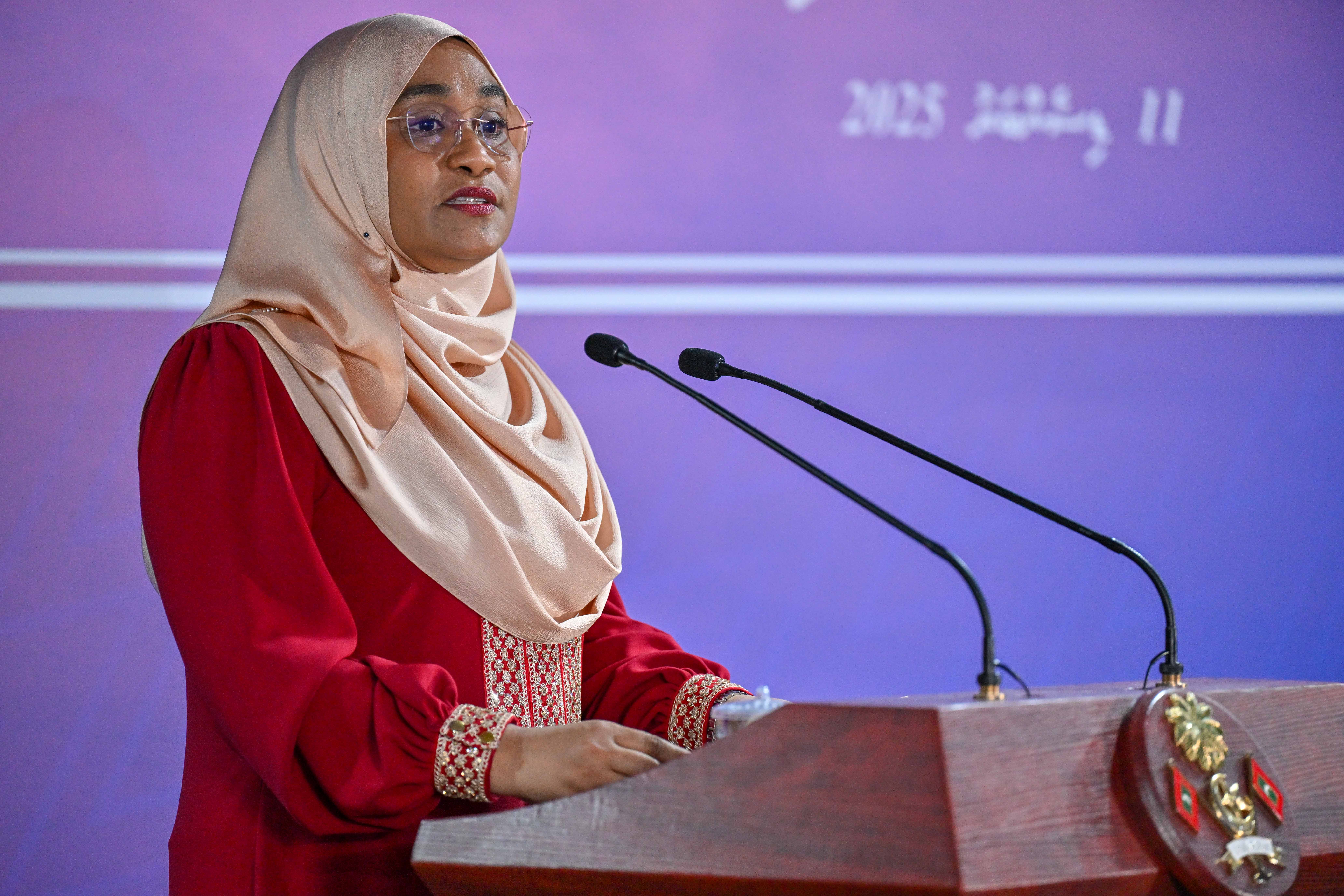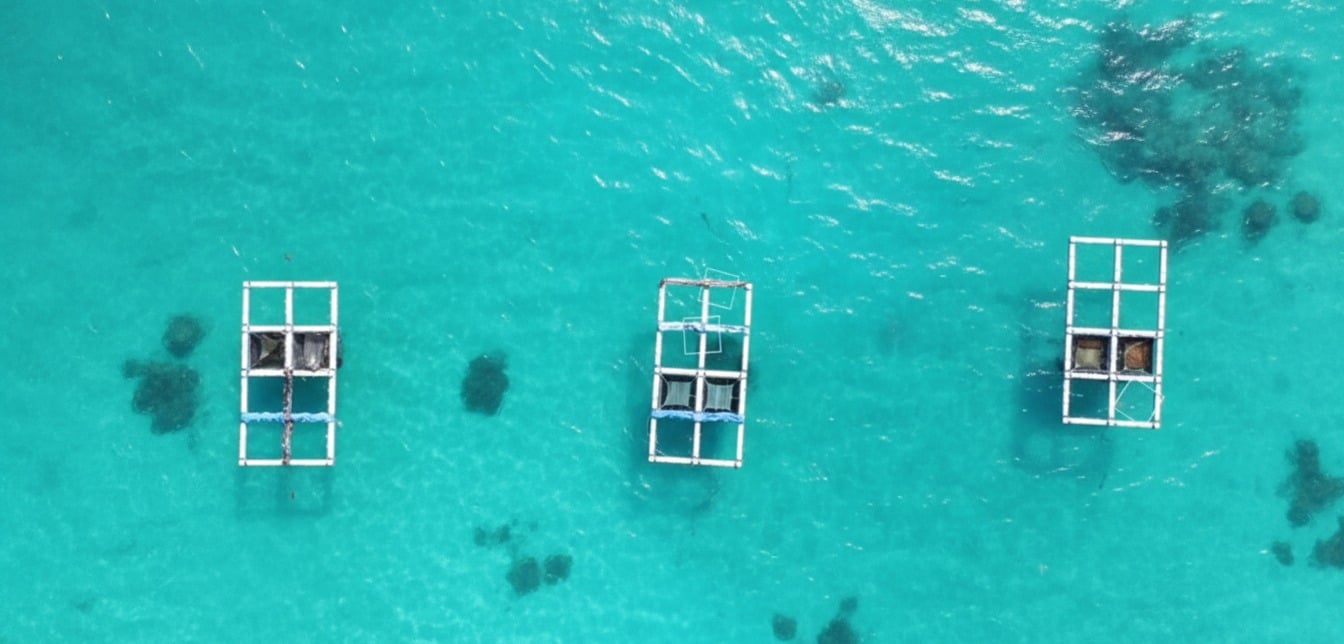North Korea suggested Friday its COVID-19 outbreak began in people who had contact with balloons flown from South Korea — a highly questionable claim that appeared to be an attempt to hold its rival responsible amid increasing tensions.
Activists for years have flown balloons across the border to distribute hundreds of thousands of propaganda leaflets critical of North Korean leader Kim Jong Un, and North Korea has often expressed fury at the activists and at South Korea’s leadership for not stopping them.
Global health authorities say the coronavirus is spread by people in close contact who inhale airborne droplets and it’s more likely to occur in enclosed, poorly ventilated spaces than outdoors. South Korea’s Unification Ministry said there was no chance South Korean balloons might have spread the virus to North Korea.
The state media report said North Korea’s epidemic prevention center had found infection clusters in the town of Ipho near the southeastern border and that some Ipho residents with feverish symptoms traveled to Pyongyang. The center said an 18-year-old soldier and a 5-year kindergartener had contact with “alien things” in the town in early April and later tested positive for the omicron variant.
In what it called “an emergency instruction,” the epidemic prevention center ordered officials to “to vigilantly deal with alien things coming by wind and other climate phenomena and balloons” along the border and trace their sources to the last. It also stressed that anyone finding “alien things” must notify authorities immediately so they could be removed.
The reports did not specify what the “alien things” were. But laying the blame on things flown across the border likely is a way to repeat its objections to the ballooning activities of North Korean defectors and activists in South Korea.
Activists for years have flown balloons across the border to distribute hundreds of thousands of propaganda leaflets critical of North Korean leader Kim Jong Un, and North Korea has often expressed fury at the activists and at South Korea’s leadership for not stopping them.
Global health authorities say the coronavirus is spread by people in close contact who inhale airborne droplets and it’s more likely to occur in enclosed, poorly ventilated spaces than outdoors. South Korea’s Unification Ministry said there was no chance South Korean balloons might have spread the virus to North Korea.
The state media report said North Korea’s epidemic prevention center had found infection clusters in the town of Ipho near the southeastern border and that some Ipho residents with feverish symptoms traveled to Pyongyang. The center said an 18-year-old soldier and a 5-year kindergartener had contact with “alien things” in the town in early April and later tested positive for the omicron variant.
In what it called “an emergency instruction,” the epidemic prevention center ordered officials to “to vigilantly deal with alien things coming by wind and other climate phenomena and balloons” along the border and trace their sources to the last. It also stressed that anyone finding “alien things” must notify authorities immediately so they could be removed.
The reports did not specify what the “alien things” were. But laying the blame on things flown across the border likely is a way to repeat its objections to the ballooning activities of North Korean defectors and activists in South Korea.


















